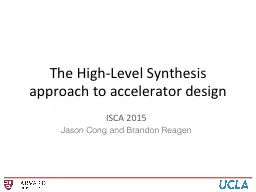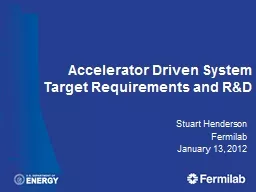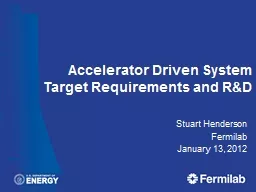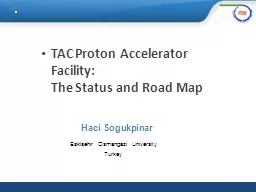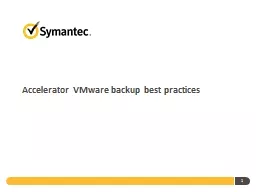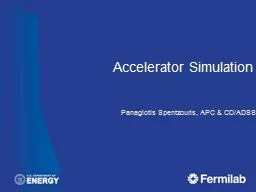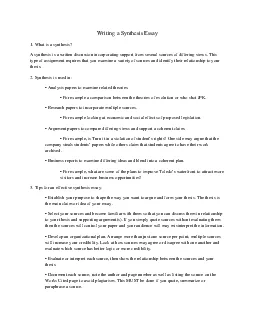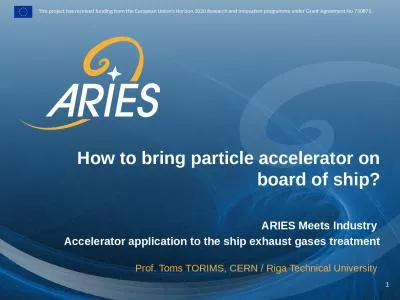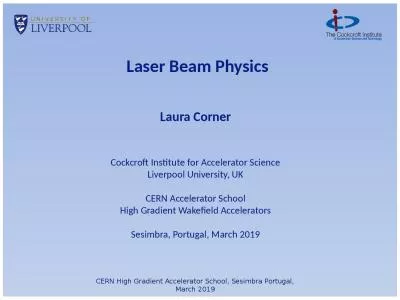PPT-The High-Level Synthesis approach to accelerator design
Author : cheryl-pisano | Published Date : 2016-09-10
ISCA 2015 Jason Cong and Brandon Reagen HighLevel Synthesis A Brief History Early attempts Research projects 1980s early 1990s Rise and fall of early commercialization
Presentation Embed Code
Download Presentation
Download Presentation The PPT/PDF document "The High-Level Synthesis approach to acc..." is the property of its rightful owner. Permission is granted to download and print the materials on this website for personal, non-commercial use only, and to display it on your personal computer provided you do not modify the materials and that you retain all copyright notices contained in the materials. By downloading content from our website, you accept the terms of this agreement.
The High-Level Synthesis approach to accelerator design: Transcript
Download Rules Of Document
"The High-Level Synthesis approach to accelerator design"The content belongs to its owner. You may download and print it for personal use, without modification, and keep all copyright notices. By downloading, you agree to these terms.
Related Documents

